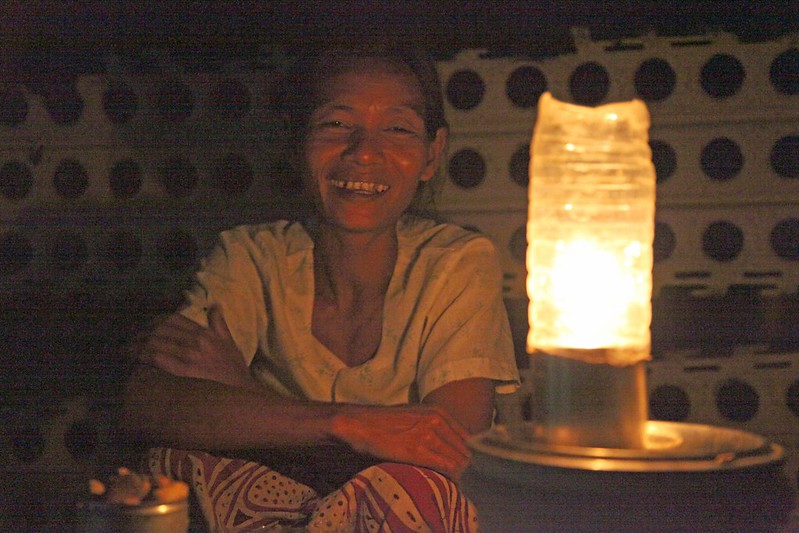Micro-Hydropower Dams Light the Way in War-Torn Myanmar
 The ongoing conflict in Myanmar has caused immense hardship, displacing millions and disrupting essential services. However, amid the challenges, hope emerges in remote villages. Micro-hydropower dams, harnessing the power of rushing rivers, are proving to be more than just a source of electricity – they are fostering self-sufficiency and resilience for communities facing immense adversity. Micro-hydropower provides reliable electricity, enabling villages to operate medical equipment, power schools for extended hours and improve communication infrastructure. This fosters a sense of normalcy and stability in a region grappling with conflict.
The ongoing conflict in Myanmar has caused immense hardship, displacing millions and disrupting essential services. However, amid the challenges, hope emerges in remote villages. Micro-hydropower dams, harnessing the power of rushing rivers, are proving to be more than just a source of electricity – they are fostering self-sufficiency and resilience for communities facing immense adversity. Micro-hydropower provides reliable electricity, enabling villages to operate medical equipment, power schools for extended hours and improve communication infrastructure. This fosters a sense of normalcy and stability in a region grappling with conflict.
A Beacon of Hope in Conflict-Stricken Myanmar
Micro-hydropower provides a decentralized solution for communities in geographically isolated areas to build and manage their own standalone power systems where traditional electricity grids and infrastructure are inaccessible. This offers much-needed lighting for homes and energizes essential services like health care facilities, schools and water pumps, improving living standards and promoting community development. Micro-hydro projects can be constructed and maintained with local materials and expertise, reducing dependence on external aid and fostering a sense of ownership within the community. This empowers individuals and communities to take charge of their own development trajectory.
The World Bank estimates that around 736 million people globally lacked access to electricity in 2020, with a significant portion residing in conflict-affected regions. Traditional grid extension is often impractical in these areas due to security concerns and damaged infrastructure. However, micro-hydropower dams emerge as a viable alternative, offering a localized and sustainable solution for communities seeking to rebuild their lives. Micro-hydropower plants require minimal infrastructure compared to traditional grid connections, making them suitable for remote areas with difficult terrain or damaged electrical grids. This allows for quicker restoration of basic necessities and paves the way for future development.
Fostering a Sustainable Future
Beyond basic needs, micro-hydropower dams are igniting economic opportunities in war-torn Myanmar. The availability of electricity empowers local businesses, from small shops and workshops to agricultural processing units. This fosters income generation, creates jobs and stimulates the local economy, providing a pathway towards sustainable development and poverty alleviation.
Furthermore, micro-hydropower dams contribute to environmental sustainability. Unlike fossil fuel-based generators, often used in conflict zones due to their portability, micro-hydro plants produce minimal greenhouse gas emissions and air pollution. This aligns with Myanmar’s growing commitment to environmental protection and its efforts to rebuild sustainably. Micro-hydropower leverages a renewable resource, reducing reliance on fossil fuels and contributing to a cleaner environment.
Additionally, micro-hydropower can contribute to long-term stability and peacebuilding efforts by fostering self-reliance and economic empowerment. Micro-hydro projects can serve as a focal point for community development, bringing people together to work towards a common goal. This promotes social cohesion and creates a sense of shared purpose, paving the way for lasting peace and reconciliation.
Conclusion
In the face of immense challenges, the communities in war-torn Myanmar are demonstrating remarkable resilience. By embracing innovative solutions like micro-hydropower, these communities are a testament to the human spirit’s unwavering pursuit of a brighter future powered by their own ingenuity and the force of nature.
– Vincenzo Marino
Photo: Flickr
